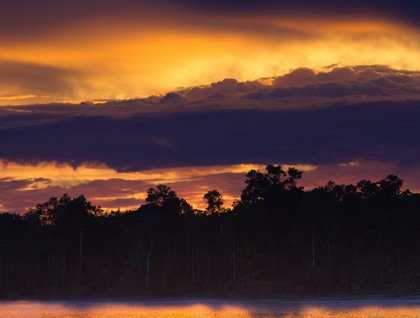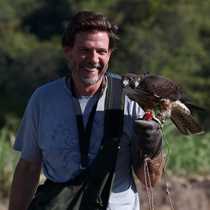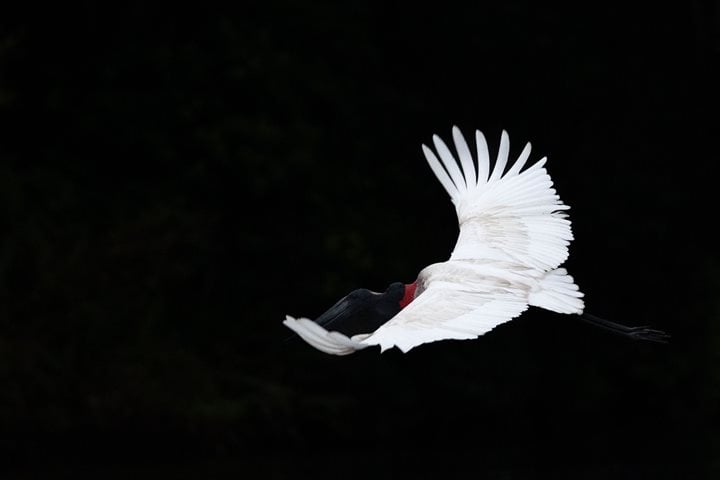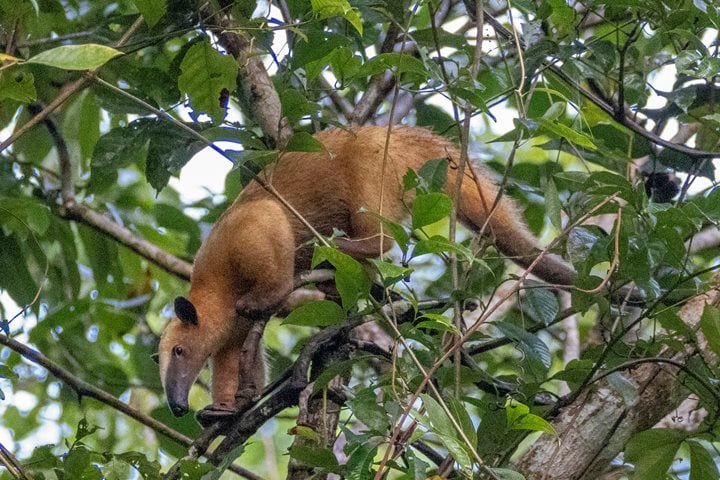The last full day of our expedition took place today. It is amazing to think that we have spent six full days exploring the Peruvian Amazonia. Looking back, we realize that we are not quite the same today as we were before getting to know Amazonia. Before, we had notions of what the tropical rain forest of Peru was like. We had an idea of what a three-toed sloth looked like, and we had all seen a macaw or a parrot somewhere else; maybe in captivity. Today, Amazonia has widened our perspectives and our understanding of a wonderful natural place. By having the luxury of seeing the remote jungles and sailing the legendary Amazon and its tributaries, we have learned and we have understood many things.
Today we know what a sloth looks like and what all these bird species look like, but we know much more than that. Today we think of all these amazing creatures as single elements that together create an ecosystem, which is immensely diverse and complex. Each one of these creatures has its own niche, its own role to play, like a small part of an intricate mechanism, which would not function in the same way if any of the species went missing.
The Pacaya-Samiria Reserve is not necessarily an untouched territory, exempt from the hands of humanity. There are people living here, and the Marañón and Ucayali Rivers are a main connection to the city of Iquitos, which has a similar population of over 700,000 people. Here in the reserve, we learn not only about wild plants and animals, but also about the rich culture that has inhabited these apparently inhospitable lands for centuries. It is fascinating to see how people have domesticated native plants and animals for food and for medicinal purposes. The wealth of knowledge that this area harbors has a sometimes under-appreciated value. Plants that we had never heard of are the equivalent to our drug stores in the cities. It is important to understand that "primitive" only means "first,” and not "worst." The ancestral knowledge still remains, and today we know that Amazonia is not only a vast area of rivers and jungles, but it is a cultural and biological treasure.







